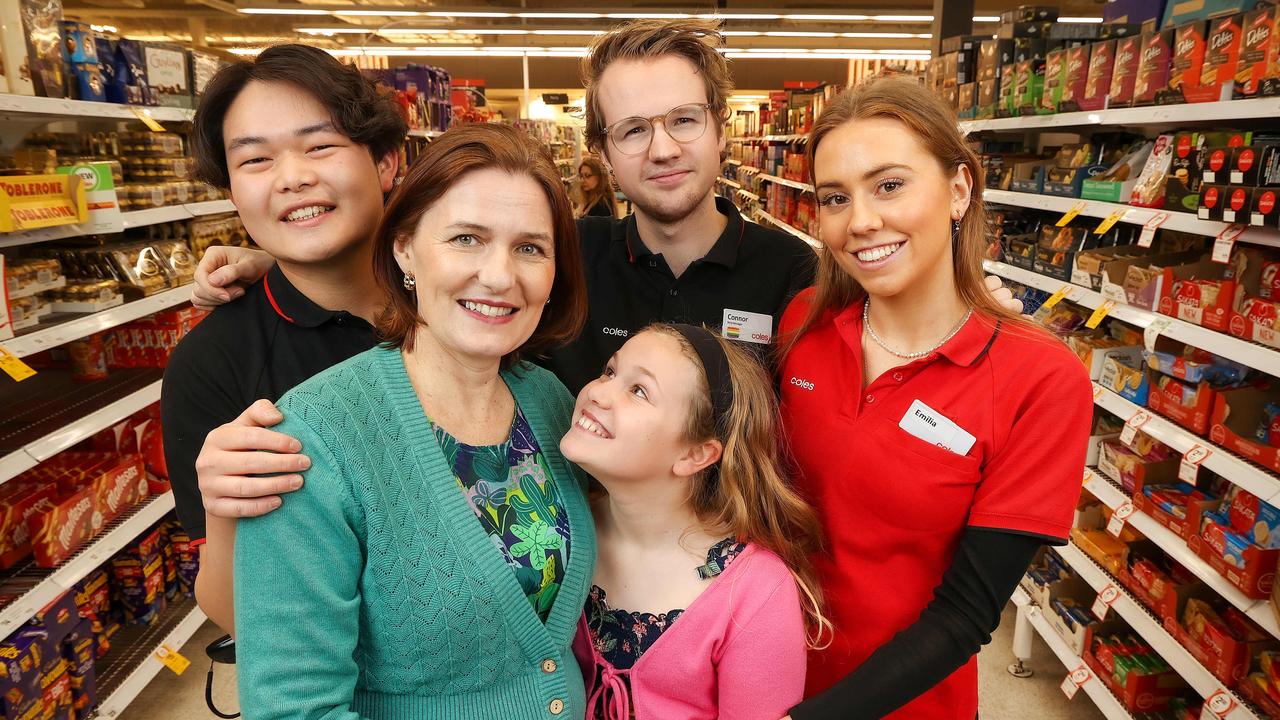Stroke victims may be given stem cell infusion to help heal brain
STROKE victims could soon be given an infusion of stem cells to help heal the brain, after promising world-first Melbourne research.
VIC News
Don't miss out on the headlines from VIC News. Followed categories will be added to My News.
STROKE victims could soon be given an infusion of stem cells to help heal the brain, after promising world-first Melbourne research.
Scientists have found the experimental therapy reduces brain injury and aids recovery, even if given up to three days after a stroke.
GUIDELINES FOR CHILD STROKE TO BE STANDARDISED
SCIENTISTS SHOW DAMAGE FROM STROKE CAN BE CONTAINED IN CHILDREN
A stroke occurs every nine minutes in Australia, and new treatments are desperately needed for one of the country’s biggest killers and leading causes of disability in adults.
The pioneering therapy involves the intravenous delivery of hundreds of millions of placental cells, which are usually discarded after birth.
The La Trobe University-led research on mice found the therapy reduced brain injury and inflammation, and lessened short- and long-term deficits. The seven-year study, published in the journal, Stroke, offered proof-of-principle evidence that the therapy was neuroprotective.
Trials on Victorians who have suffered an acute stroke begin this year.
Lead study author Professor Chris Sobey said current stroke treatments — clot-busting drugs and clot retrieval — were of limited use.
“Only about 10 per cent of patients receive clot-busting drugs because it has to be given within 4½ hours of the stroke occurring, and requires the patient to have a CT scan to see if it was caused by a clot, not a bleed,” he said.

NEW STRATEGY TO DEAL WITH VICTORIA’S STROKE PATIENTS
MOBILE CAT SCANNER TO CHANGE VICTORIAN STROKE CARE
Prof Sobey said that in a stroke, the initial brain injury spread owing to secondary effects of inflammation.
“Ideally, you want to get to the injury early to stop it from spreading. We wanted to see if administering the cell therapy early could halt the growth of the injury,” he said.
“And it could, which was very encouraging.”
He said human amnion cells were abundant and, unlike cells used in many other therapies, were not prone to rejection and tumour growth.
The team from La Trobe, Monash Health and Monash University found that if the therapy was given within one to three days, survival and functional long-term recovery improved.
Prof Sobey said: “We believe they (the cells) are promoting healing by migrating to the site of injury and releasing molecules that co-ordinate other cells to promote healing. They may even be helping nerves reroute or regenerate.”
Bill Gasiamis suffered three haemorrhagic strokes, caused by a faulty blood vessel in his brain, and said any treatment that could limit the loss of brain function would be fabulous, particularly if it could improve long-term recovery.

A Monash Health team, led by director of neurology Dr Henry Ma, will conduct a trial of the therapy in Victoria this year, to assess its safety and feasibility. He said: “The trial will be a great opportunity to translate this existing research finding into clinical practice, which may benefit stroke patients in the future.”
The cell therapy would still have to be subject to further trials over many years before becoming generally available.
Stroke Foundation CEO Sharon McGowan said while there had been significant advancements in stroke therapies, it was important to keep searching for breakthroughs.
Bill Gasiamis, who has suffered three haemorrhagic strokes due to a faulty blood vessel in his brain, said that any treatment that could limit the loss of brain function would be fabulous, particularly if it could improve long-term recovery.


